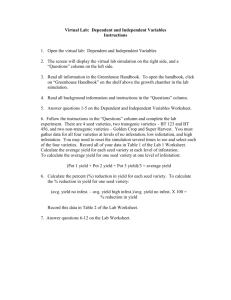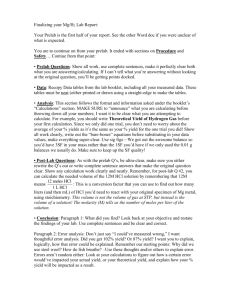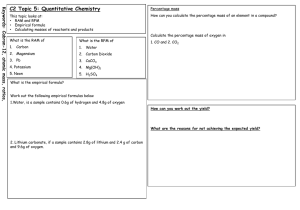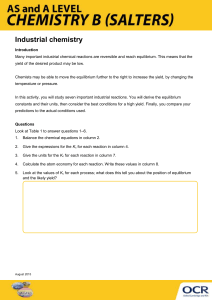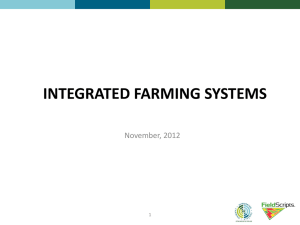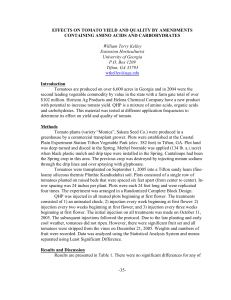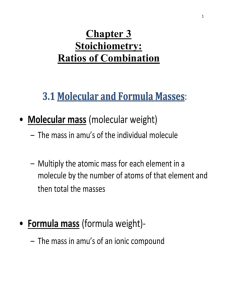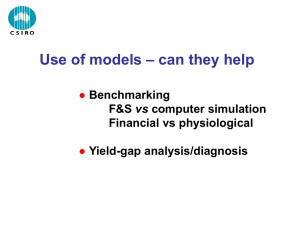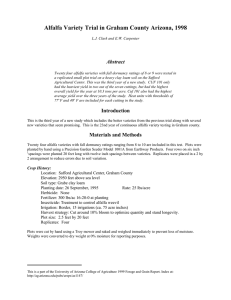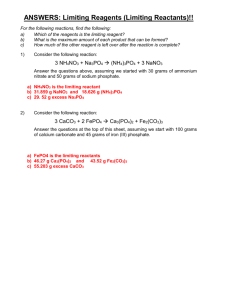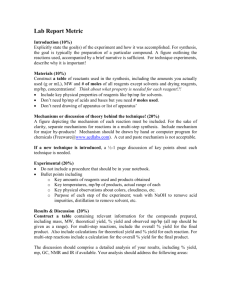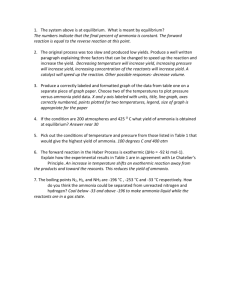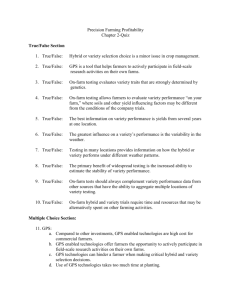Growing_Tomatoes
advertisement
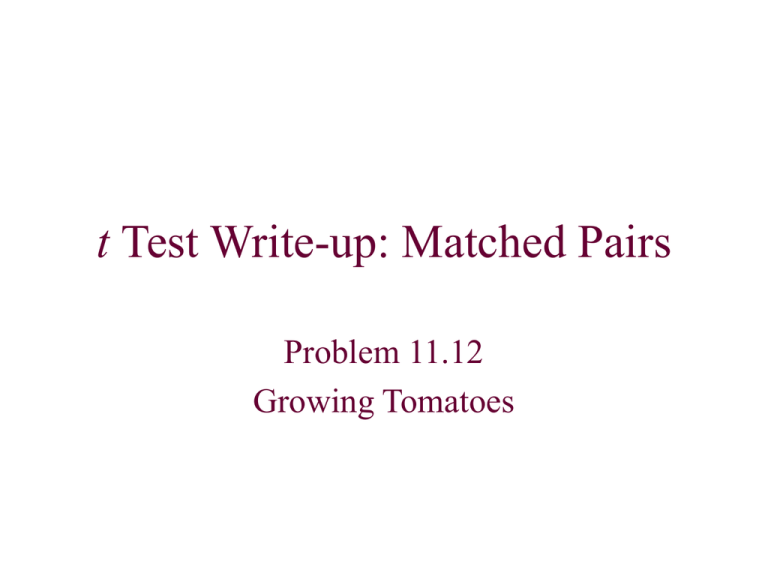
t Test Write-up: Matched Pairs Problem 11.12 Growing Tomatoes Problem 11.12. Growing Tomatoes: An agricultural field trial compares the yields of two varieties of tomatoes for commercial use. The researchers divide in half each of 10 small plots of land in different locations and plant each tomato variety on half of each plot. After harvest, they compare the yields in pounds per plant per location. The 10 differences (Variety A-Variety B) give x 0.34 and s0.83. Is there convincing evidence that Variety A has the higher mean yield? We will now make a 7-step write-up for this problem. This example follows a matched pairs design. We treat the differences as our sample data. Each pair of data points is used to find a difference. This cannot be computed by merely subtracting the means of the two groups. Step 1: H0: = 0 The mean difference in yield between Varieties A and B is zero. Ha: > 0 The mean difference in yield between Varieties A and B is positive. = (yield of Variety A ) - (yield of Variety B) Step 2: Assumptions: •We have a simple random sample, provided there was random allocation of varieties to the positions in each plot. •We are uncertain of meeting the requirement for normal distribution and lack data to analyze. Step 3: t x 0 .34 0 1.295 s .83 n 10 df=9 Step 4: This graph is made on the TI-83 by using Shade_t. To use this command first clear drawings. Press <2nd> <DRAW> <1:ClrDraw>. Then <2nd> <DISTR> <DRAW> <2:Shade_t(>. Then enter 1.295,100,9). The format is Shade_t(lower bound, upper bound,degrees of freedom). Step 5: P-value = P(t>1.295)=0.1137. Step 6: Fail to reject H0, a value this extreme will occur by chance alone 11% of the time. Step 7: We lack strong evidence of a higher yield for Variety A. While there is some evidence of a higher yield, it was not significant at the 10% level. We were not able to verify that the population of differences was normally distributed so this is a further concern. THE END

